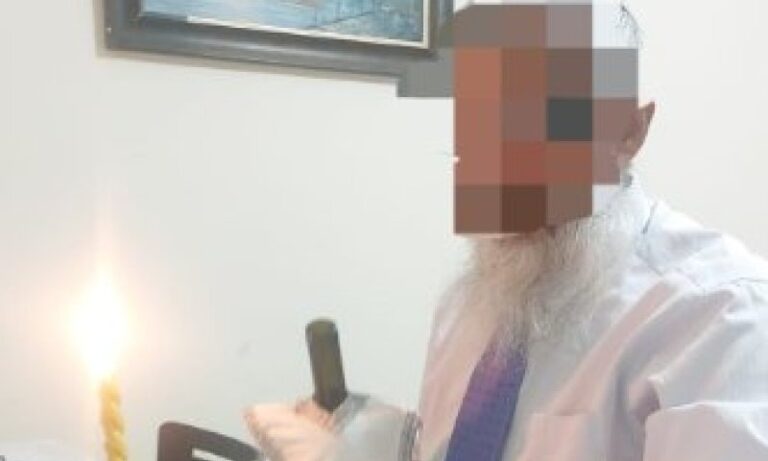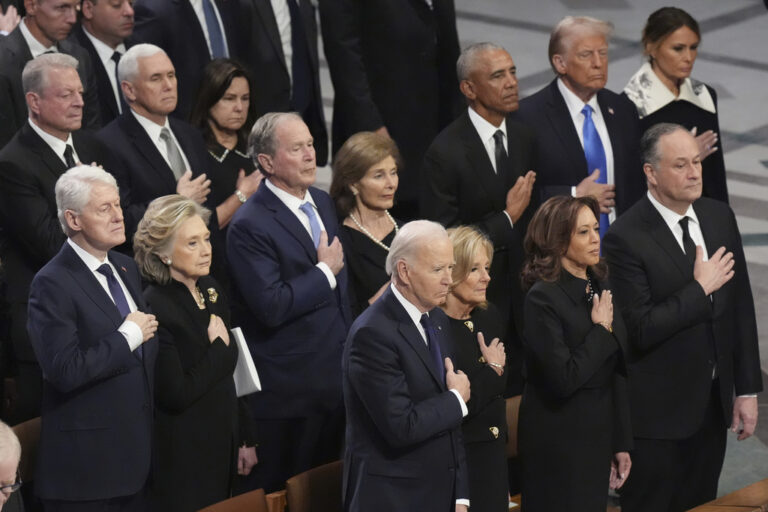 In the end, despite pleas to spare Judaism’s holiest city the shame of the spectacle, a parade celebrating the rejection of the Torah’s moral code took place as planned in Yerushalayim.
In the end, despite pleas to spare Judaism’s holiest city the shame of the spectacle, a parade celebrating the rejection of the Torah’s moral code took place as planned in Yerushalayim.
Had hundreds of thousands of Orthodox Jews from Jerusalem and across the country flowed into the Holy City’s streets, the event – which drew a mere 2000 participants – would have been quickly overwhelmed. The 7000 policemen assigned to keep order would not have had an easy time.
The Orthodox numbers, readiness and sense of outrage were certainly there. Tel Aviv has regularly played sponsor to such spectacles mocking the Torah, but Jerusalem is the focal point of Jewish tefillos, and its population is heavily Orthodox to boot. Indeed, the Holy City was purposefully targeted by the parade organizers in order to assert their belief that no place on earth should be free from the promotion of licentiousness. (Well, almost no place; last year, one of the event’s organizers was asked by a reporter why the parade would not enter Christian or Muslim areas of the city and explained “We don’t want to offend them.”)
So, in the face of such an unmistakable provocation, all it would have taken to summon a massive Orthodox protest would have been a mere call from the Gedolei Yisoel.
But the call never came. On the contrary, the frum world was asked to ignore the parade. An announcement on the front page of Yated Neeman, which provides the views of the “Litvishe” Gedolim, instructed that yeshiva students not take to the streets but should rather demonstrate in private, through tefilla; it instructed every Rosh Yeshiva, too, to ensure that his talmidim did not protest publicly.
The head of the largest group of Chassidim in Eretz Yisroel, the Gerer Rebbe, shlit”a, also made his will known, that the parade should be ignored. The implicit message from the Torah leadership was that, as King Solomon famously taught, there is a time for everything; and their judgment was that the current time was one for profound sadness and tefillos, not public confrontation.
A relative handful of individuals did try to disrupt the parade. But the vast majority of Yerushalayim’s haredim, although deeply anguished by what they considered a brazen invasion of immorality-pushers, heeded the calls to turn inward rather than out.
And so, in the end, the paraders – although fewer than the 10,000 that organizers expected – marched down a central Yerushalayim street, heralding their message that “anything goes,” celebrating the “diversity” of behaviors that the Torah condemns in no uncertain terms. The message was one of “freedom” – license to act without moral compunction.
The perek of Pirkei Avos that was studied in countless Jewish homes and shuls the Shabbos before the parade included the words: “Who is a gibbor [a strong person]? One who conquers his yetzer [inclination].”
It is an idea as simple as it is profound. While much of the world may measure strength and courage (both, of course, inhere in the word gibbor) in the currency of musculature or risk-taking, the Jewish definition goes far deeper. The truly strong, truly courageous individual is the one able to face his or her desires and, in the interest of a higher purpose, deny them.
The dichotomy of the two definitions of strength was almost perfectly evident mere days later. Two groups showed their true colors, one by embracing and flaunting almost every imaginable “inclination,” the other by squelching their own inclinations, in the service of a higher imperative.
It was a contrast nicely captured by an Israel Broadcasting Authority television news broadcast. For several minutes, a split screen on Channel One presented two images. One showed an exhibitionistic rejection of inhibitions; the other, a tearful tefilla gathering held in another part of Yerushalayim, where 3000 religious Jews recited Tehillim and special tefillos in the hope that Hashem might spare His city further debasement.
And so, in the end, there was “pride” and there were prayers.
And there was frailty (in the guise of “freedom”) and there was strength.
© 2007 AM ECHAD RESOURCES
[Rabbi Shafran is director of public affairs for Agudath Israel of America.]











6 Responses
does anyone understand the point of this self righteous rambling article?
thats the way AS writes.
“does anyone understand the point of this self righteous rambling article?”
Sorry, moshe, but your mockery comes across as silly.
If you have an intelligent counterpoint to make, state your mind. I suspect you don’t.
What was the purpose of the article? was there a point? i don’t get it…
Can someone please help?
the frustration is understandable but the bottom line is that- just like everything else in our lives we follow our gedolim- and they advised us to stay in and daven. regardless of what we may think or feel- the gedolim are always our last word and decision! and if your gedolim say it farkert then you listen to them….
Mosheb. If you are not intelligent enough to undestand R’ Shafran’s writing, at least don’t let all and everyone know about it.